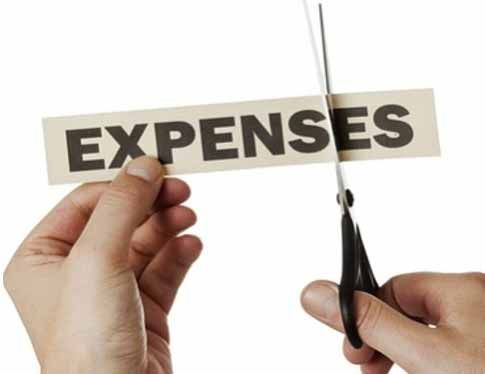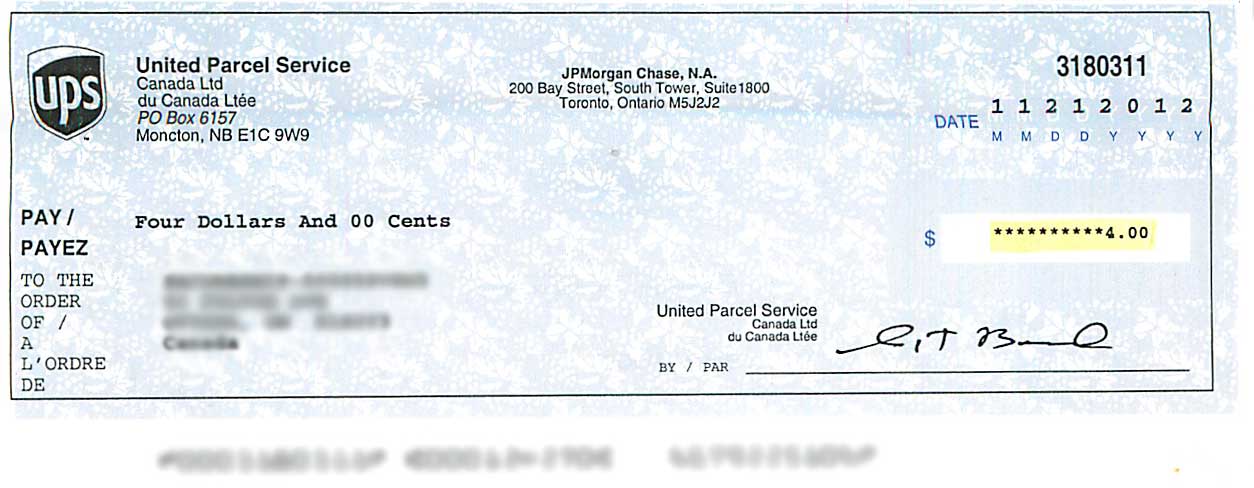
Aug 14, 2014 • by Nadine Hogan
More Tips to Keep Shipment Costs Down
Last week’s blog post was so popular we thought we’d do more digging here at Secureship to further investigate ways to save your hard-earned money


by Nadine Hogan
Sep 2, 2014
Key Points

 Once I send a package through the mail I tend to think of its journey as the flight of a trapeze artist.
Once I send a package through the mail I tend to think of its journey as the flight of a trapeze artist. I let the box slip from my fingers and from there it passes from hand to hand, twisting and twirling, sailing through the air and dependent on momentum and precision to arrive at its destination intact and on time.
But while a trapeze artist’s success relies on strength, grace and flexibility, the successful delivery of my package is dependent on many factors, most of which seem out of my control; weather, mechanical issues, and human error to name a few.
Whereas a trapeze artist uses a safety net for protection, what are my options when sending something I consider valuable to ensure against damage and/or loss? Is insurance my safety net?
Short answer – yes.
Long answer – my safety net has a few holes that I need to know about.
Shipping insurance is put in place to protect the contents of your package against damage and/or loss. It is typically offered by a carrier but can also be purchased from some insurance companies. While most carriers generally cover by default for up to $100 of declarable value, if you believe the item has a higher worth you can purchase more at an additional cost.
So where are the holes in this protection? They are not easy to spot – you need to read the fine print to see where your package can slip through. Here are three major holes to look for:
What can be insured? Better yet, what cannot be insured? Antiques, personal belongings, glass and artwork to name a few. Every carrier has their own rules, and while they are similar a slight difference can impact your coverage from one to the other. You have to carefully read the carrier’s stipulations what is considered an insurable item and sometimes a phone call is necessary to get a complete list of restrictions.
Even if the item is considered insurable, the likelihood of a successful claim in the event you need to make one depends on how you packaged it. If you do in fact make a claim the carrier typically obtains the damaged package from you and reviews it to ensure that it conformed to their packaging guidelines. To go one extra step, you can even check out their recommended box strength based on weight guidelines (yes, it gets that particular!):
UPS Packaging GuidelinesYou are not insured against a declaration mistake or consequential damages. If you underestimated the value of the item, or a late delivery cost you a loss in profits, this monetary loss comes out of your pocket and will not be reimbursed.
So how do you make your safety net stronger? Know the limitations of your carrier’s insurance policy (they all differ slightly), package your item to withstand abuse, check and double check its value and labeling, and choose a delivery service that’s reliable. Or you might be getting one of these..at best! (yes, that’s a $4.00 check) 
For more information on the carrier’s terms and conditions, please visit:
UPS: UPS Terms & Conditions
FedEx: FedEx Service Guide
Purolator: Purolator Terms & Conditions
CanadaPost: Canada Post Terms & Conditions
USPS: USPS Publication 141

Aug 14, 2014 • by Nadine Hogan
More Tips to Keep Shipment Costs Down
Last week’s blog post was so popular we thought we’d do more digging here at Secureship to further investigate ways to save your hard-earned money

Aug 6, 2014 • by Nadine Hogan
Top 5 Ways to Save on Shipping
Find the top 5 things you can do to reduce your shipping costs

Nov 21, 2025 • by Paul Bourque
How to ship a package from Canada to Germany
Certain goods shipped to Germany have restrictions and all parcels require a shipping label, commercial invoice, and may incur duties and taxes